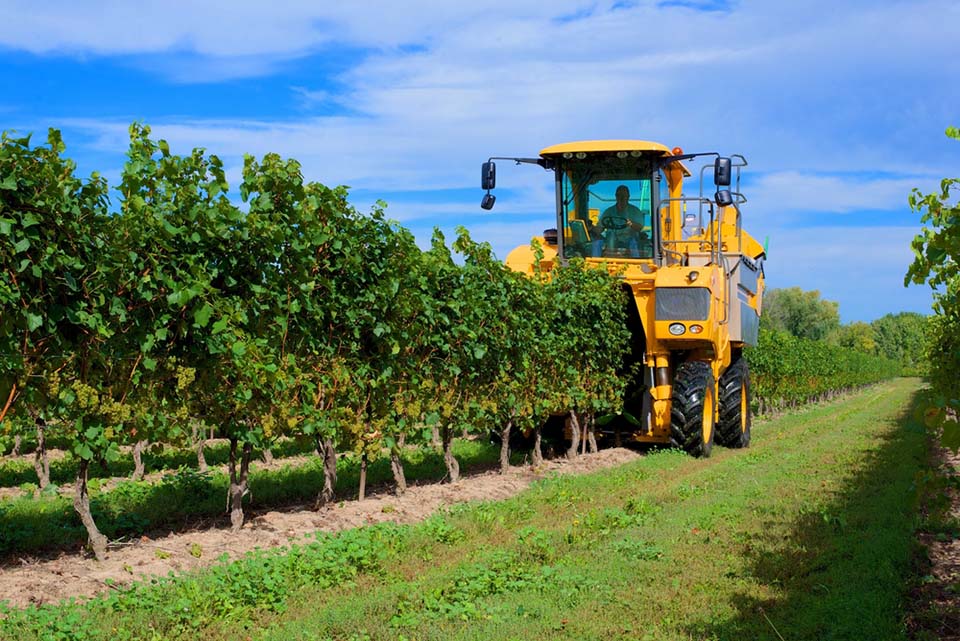
At some stage in your life, you were probably new to wine. My beginner stage arrived, somewhat late I admit, when I was a college student in the early 1960s. In those days, I knew nothing about wine and couldn’t tell a Pinot Noir grape from a rabbit’s foot. Well, I suppose I could if pressed, but you get the idea. As a teenager, wine rarely appeared on the table at the family evening meal, or any other meal for that matter. Unlike mainland Europe, where wine had always been part of the culture, it was not the case in Britain during the financially challenging post-war years of the 1950s. People had few opportunities to taste decent wine and it remained a preserve of the privileged social classes. When I started at college, I felt inadequate about my lack of wine experience. As a music student, it was de rigueur to appear somewhat Bohemian. This could partly be achieved by drinking wine with fellow students. And if you had a few empty straw-covered Chianti bottles hanging from the ceiling of your room, so much the better.
But where to start? It seemed that the obvious starting place was the small off-license up the road. The shop was presided over by a terrifying woman, who looked as though she might have been a witch or a serial killer in her spare time. On my first visit to the shop, I had absolutely no idea what to buy and was too scared to ask the witch for advice. The first bottle I bought, chosen more-or-less at random was labelled “Australian Burgundy” and came in a flagon-shaped bottle. It was one of the cheapest wines in the shop and I soon discovered why. The taste was unspeakably awful; rough old stuff that had the charm of floor cleaner. But of course, I was unsure whether the fault lay with the wine or with me. You see, I didn’t know what it was supposed to taste like. I later discovered that by common consent, this particular Australian Burgundy was pretty dreadful. It eventually disappeared from the shelves, not only because it was undrinkable, but also because the French government took objection to the borrowed name.
My next wine experiment was more successful and involved a bottle of something called St. Ursula Goldener Oktober which had a prettier label and sounded slightly poetical. At the time, I was reading Ray Bradbury’s October Country so that might have influenced the choice. The wine was German of course, an inexpensive white commercial blend from grapes grown nowhere in particular. It was simple, fruity and smooth with only the slightest touch of acidity. For a wine beginner, it was a perfect start and the first of many similar bottles I bought in my early student years. They all tasted vaguely like the much-maligned Liebfraumilch, a low-quality blended German plonk despised by wine connoisseurs. Even so, I wouldn’t mind betting that Liebfraumilch started many other people on their respective wine journeys. Goldener Oktober launched me on my own Road of Discovery, a winding, unpredictable track that I continue to explore. However, as time went on, I felt the need for more substantial wine; something drier perhaps and with a bit of character. Red wines were still off the radar, for the infamous Australian Burgundy had served as a stern deterrent.
Eventually, I took my first tentative steps into the world of red wine. I started to buy dozens of wine books and changing circumstances enabled me to travel fairly frequently in Europe. Then I was truly on the wine road. Many of the wines of France, Germany, Italy and Spain became close friends and there were all those fascinating but lesser-known wines of Switzerland, Austria and Hungary. I began to acquire a taste for the wonderful wines of Bordeaux and Burgundy and then joined The Wine Society which brought the opportunity to sample some real classics, though I could rarely afford to buy them.
For those who want to make a start in discovering wine, the prospect can be a bit daunting. Which bottles are the right bottles for a beginner? Well, it’s deceptively simple. The right wines for you (as a wine beginner) are those that you especially enjoy; those you’d be happy to drink again. It doesn’t matter what the wine critics say, or what your friends say, or what the waiter in a restaurant says; everyone’s palate is different. You can also forget the wine “points” that wine shops like to advertise so enthusiastically. High points are generally awarded to rich and complex wines which beginners invariably find too challenging.
Perhaps it’s better to start with something simple; a wine that doesn’t overwhelm the palate and which is slightly sweet or “off-dry” as they say in the trade. This is where cheap commercial blends can be useful. Many people who now love fine wine started with inexpensive simple gluggers before moving on to more complex wine. Don’t assume that you will derive more enjoyment from more expensive wine. The opposite may well be the case.
Basic white wines to look out for could include the sweetish Moscato from Australia or if you want something a bit crisper, try Orvieto from Italy. Most Australian or South African Chardonnay or Chenin Blanc will fit the bill. In contrast, Peter Vella House White Classic is a simple, undemanding white wine originating in California, blended in Thailand and available in bottles, bags and boxes. It’s an easy glugger and a good starter for novices.
For reds, the Italian popular Lambrusco is good for beginners, because it’s slightly sweet with a fizzy mouth-feel. Australian wine made from the Merlot grape is dry, but can be smooth and full. If you can find it, French Beaujolais is a light and fruity red, made entirely from the Gamay grape. If your taste goes to rosé, try the French Rosé D’Anjou, an easy-drinking sweetish fruity style of wine.
There are several online wine companies in Thailand which deliver locally and their websites usually contain detailed descriptions of their wines. Look for the key descriptors for easy-drinking wines: (1) light-bodied (2) low in tannin (3) low in acidity and (4) smooth and fruity. Yes, this is pretty basic but we have to start somewhere. Tasting is the best way to discover what you enjoy but a couple of wine books could be useful, because they can give you a deeper insight to your tasting experiences. There’s a massive selection of them on both Amazon and Lazada.
As the oft-quoted Chinese philosopher Lao Tzu is supposed to have said, “A journey of a thousand miles begins with a single step,” so if you’ve not already done so, perhaps it’s time to take your first steps on the wine Road of Discovery. It might prove to be a rewarding New Year’s Resolution.
 |
 |
 |





